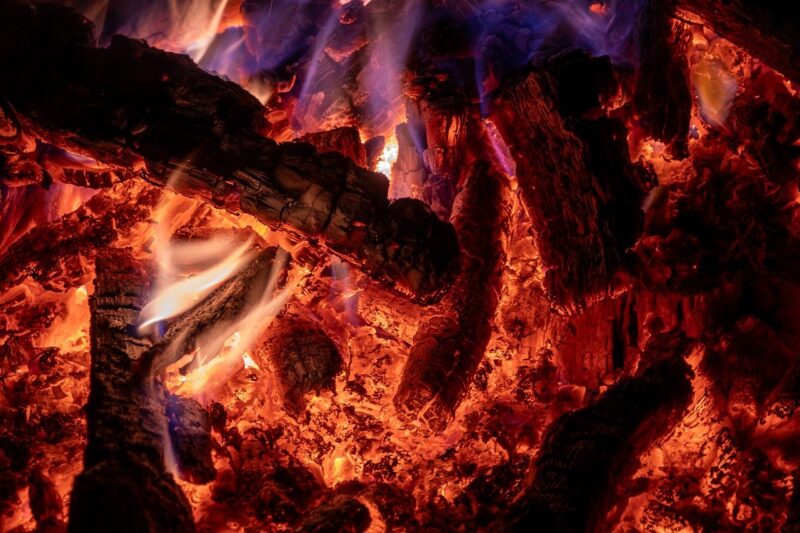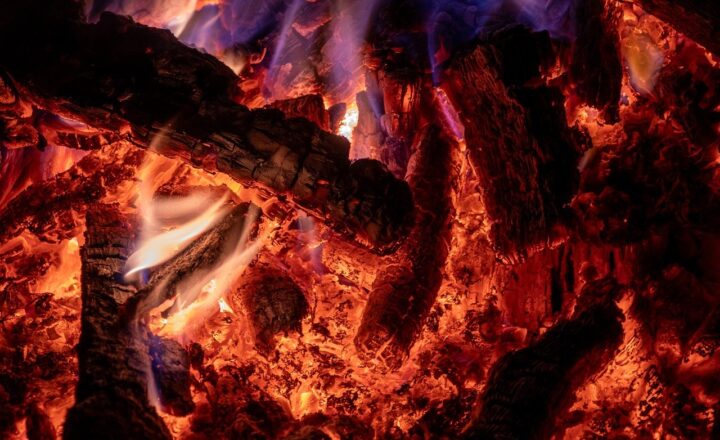
The discovery of fire marks one of the most significant milestones in human evolution. While today, we take this essential element for granted, the journey to harnessing fire was a gradual process that transformed the very fabric of our ancestors’ lives. Join me as we explore how early humans discovered the art of making fire, its implications, and the ways it shaped our culture and existence.
1. The Significance of Fire in Human Evolution
Fire wasn’t just a source of light or warmth; it was a game changer. It allowed early humans to venture into colder climates, protected them from predators, and eventually paved the way for social gatherings, cooking, and more advanced tool-making techniques. Each of these advancements played a vital role in the survival and development of our species.
– Heat and Protection: Fire offered warmth during frigid nights, allowing ancestral humans to occupy diverse habitats across the globe. Moreover, the light from fire kept dangerous animals at bay, ensuring safety for families and communities.
– Cooking and Nutrition: The ability to cook food not only made it easier to digest but also expanded the range of nutrients available. Cooked food benefited early humans physically and cognitively, leading to improved brain development and overall health.
– Social Interactions: Gathering around a fire encouraged social bonding, storytelling, and communication. These gatherings laid the foundation for complex social structures and community life.
2. The Methods of Discovering Fire
Early humans did not have matches or lighters; they had to rely on natural occurrences and primitive techniques to produce fire. Here are some methods our ancestors might have utilized:
– Natural Fire Sources: The most likely first encounters with fire would have come from natural sources such as lightning strikes or volcanic activity. When lightning struck a tree, for example, early humans could gather the smoldering remains to use as a base for fire.
– Friction Method: One common technique involved striking dry wood together or using a bow drill. This method creates enough heat through friction to ignite tinder. It requires practice and knowledge of the right materials to be successful, but it ultimately opens up the potential for constant fire-making.
– Fire Plow Technique: Another early method was the fire plow, which involved scraping a hard stick against softer wood. This abrasion produced small embers, which could then be transferred to tinder.
Each of these methods required creativity, observation, and a deep understanding of the natural environment, marking a significant leap in cognitive advancement for early hominins.
3. The Cultural Impact of Fire
The mastery of fire undoubtedly influenced the cultural evolution of early human societies. Let’s delve into its broader cultural impacts:
– Rituals and Worship: Fire held sacred significance in many ancient cultures, often seen as a tool of gods or celestial beings. It was not uncommon for fire to be featured in rituals and celebrations.
– Art and Expression: The warmth and light of fire created a unique environment conducive for sharing stories and myths. This oral tradition laid the groundwork for later literature and art.
– Tool Evolution: The ability to control fire led to advancements in metallurgy. Early humans learned to create tools better suited for hunting and gathering.
– Migration and Adaptation: As fire enabled humans to adapt to various environments, the species spread across continents. This migration played a vital role in cultural diversity and the development of distinct societies.
4. Fire in Modern Understanding
Today, our understanding of fire and its evolution has expanded through research in anthropology, archaeology, and history. Not only do we study how our ancestors used fire, but we also analyze how this profound discovery shaped our civilization:
– Archaeological Findings: Evidence of controlled fire use can be traced back over a million years, with sites such as Wonderwerk Cave in South Africa harboring ancient ash and charred remains.
– Cognitive Development Studies: Modern research suggests that the control of fire relates directly to increased brain size and cognitive function in early hominins. The benefits of cooked food on nutrition could have been a catalyst for this evolution.
– Environmental Impact: Understanding how fire management shapes ecosystems today is pivotal in discussions about climate change and biodiversity conservation.
Through excavations, studies, and experiments, modern science continues to unravel the complexities surrounding our ancestors’ relationship with fire, highlighting its multifaceted significance in human history.
5. Conclusion
The mastery of fire was not merely a survival tool for early humans; it was an integral component that propelled our evolution and shaped our social structures. From providing warmth and nourishment to paving the way for cultural expressions and technological advancements, the discovery of fire offered a myriad of benefits that facilitated human progress.
As we reflect on how early humans harnessed this power, we appreciate the ingenuity and resilience that paved the way for our existence. Fire remains a crucial element in our lives, emblematic of our ancestors’ relentless quest for survival and innovation.
Understanding our past influences our present and future. Let us continue to honor and learn from our ancestors, ensuring the legacy of fire burns bright in our cultural consciousness.






